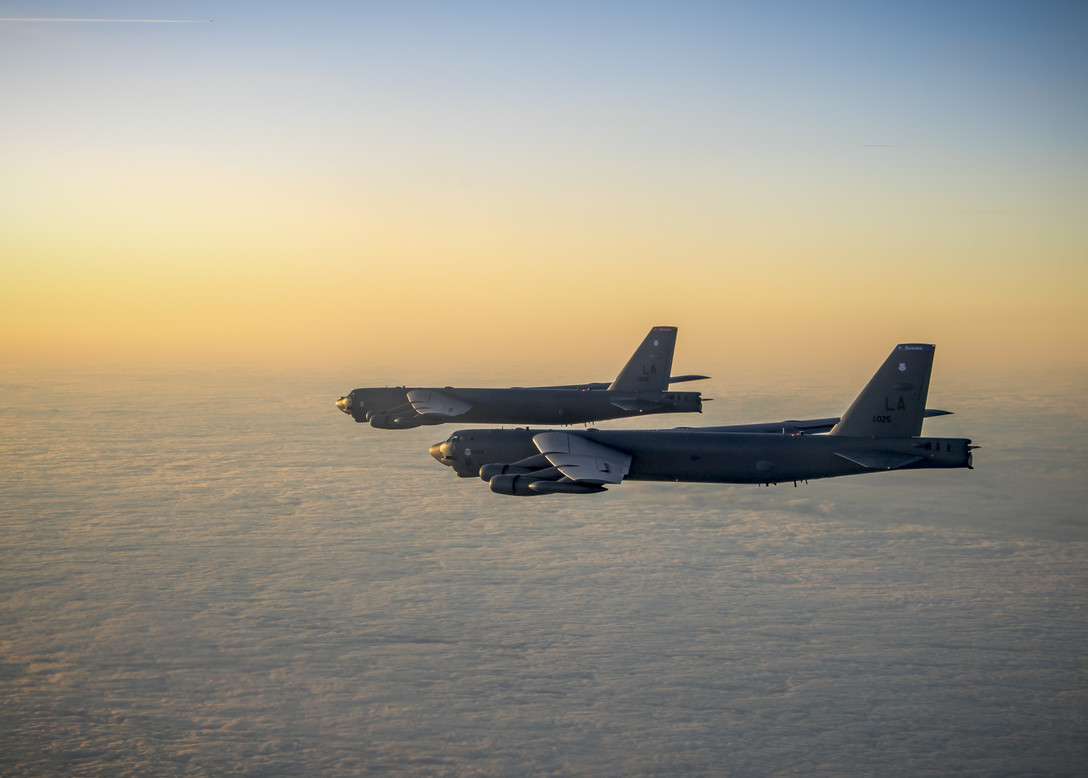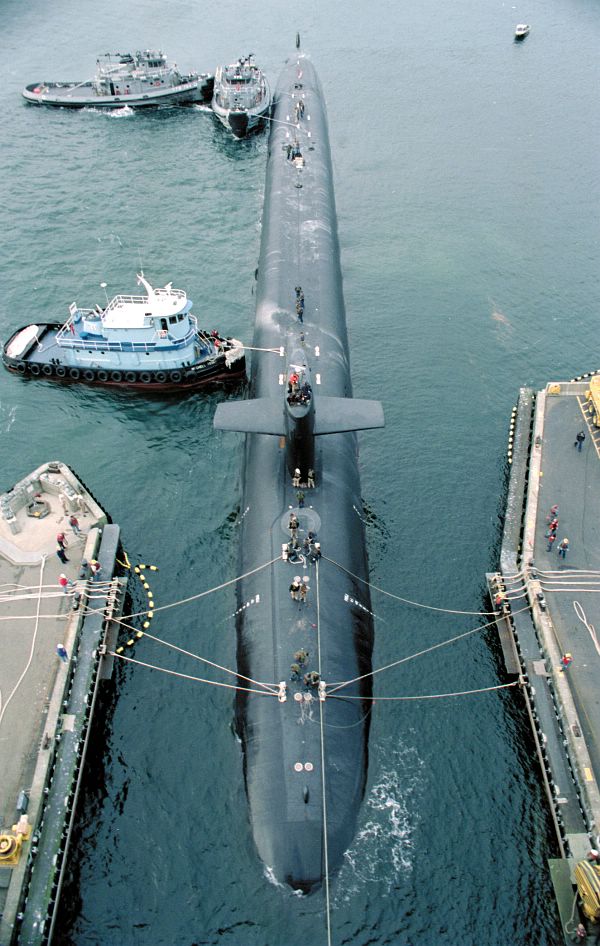
There is an astounding amount of information on U.S. nuclear forces found in Nuclear Notebook – United States nuclear forces, 2020, published by The Bulletin of Atomic Scientists. Not having dived deep into the nuke world for a long time, I’m amazed how much info is available.
Previous posts have gone into a lot of detail on U.S. nukes. This discussion will cover a few interesting tidbits in no particular order with no particular theme.
New START is the name of the current treaty which limits U.S. and Russian nuclear weapons. It went into effect back in February 2011 and will expire in February 2021 unless it is extended for five years by mutual agreement of the U.S. and Russia. The article is skeptical that it will be extended based on what the articles describes as the “demonstrated disdain” of the current administration for any arms control agreements.
On-site inspections are a feature of this treaty. Article says through the end of 2019 there have been a combined total of 321 on-site inspections.
Article explains what I’ve read elsewhere that the new low-yield W76-2 warhead was obtained by reducing the previous W76-1 from two stages to one, dropping the yield from 90 kt to estimated 5 or 7 kt.
OPLAN 8010-12, Strategic Deterrence and Force Employment, is the document which outlines nuclear strike plans at the strategic and regional level. Article says this incorporates strategic, tactical, conventional, and cyber weaponry. Article says the OPLAN has options for strikes against Russia, China, North Korea, and Iran.
A long modernization program for the Minuteman-III was completed in 2015 which extended the service life of the missile out another 15 years, to 2030.
The replacement is currently called the Ground-Based Strategic Deterrent (GBSD). A snazzier name is supposed to be announced perhaps in 2020. The Air Force is planning to buy 666 of the new missiles and deploy 400 of them. The remainder will be spares and used for the regular test launches. Four or five follow-on test launches a year for 20 or 30 years will burn up a lot of spares.
Interestingly, the article says the new missiles will have a greater range which means the missiles can reach beyond Russia into possibly China, or North Korea, or Iran. Think way back and you may recall the reason Minuteman missiles were deployed in the northern tier states was so they could fly over the North Pole to reach deep into Russia.
The Minuteman replacements will be deployed starting in about 2030.
There are 450 silos operational. Of those 50 are in “warm” status so that a missile and reentry system can be loaded if needed. Article does not say where those 50 sites are.
Not having any clue at all how the 50 warm sites are distributed, I’ll guess they would be spread among the 9 squadrons, maybe about one per flight. Let’s see, 450 launch facilities spread across 3 wings means 150 sites per wing. That is 9 squadrons, split up into 45 flights with 10 silos in each flight. One warm site for each flight plus five more warm sites.

Article explains there are 14 Ohio-class ballistic missile subs with eight of those sailing from Bangor, Washington and six sailing from Kings Bay, Georgia. Intriguingly, that means about 60% of the subs sail in the Pacific and 40% in the Atlantic. Back in the dark days of the Cold War most of the deployments were in the Atlantic, meaning those missiles were primarily aimed at the Evil Empire.
Of the 14 boomers, two are usually in a long-term refueling operation, meaning 12 are available. Of those the article says 8 or 10 are usually at sea. Of those, article says four or five are generally considered to be in what is called “hard alert”, meaning they are in their designated patrol areas. The remaining four or five are elsewhere, presumably en route or returning to base, or on exercises, or making a port visit. Article says those four or five that are not in their patrol area can get on station and return to alert status in a matter of hours or days.
The boomers have 24 tubes but treaty limits them to 20 launchers per sub. Article says they carry four or five warheads on each missile which gives an average load of about 90 warheads per sub. It is “thought” (which means a guess by people who don’t actually know), there is a varying mixture of the 90 kt W76-1 and 455 kt W88 warheads on each missile, but the same configuration on each sub. Loading with identical configuration makes perfect sense because otherwise the OPLAN would have to change based on which sub is on patrol.
Article has interesting comments on the number of deterrence patrols and duration of patrols which I have not seen before. Back in the bad old days of the Cold War there were far more patrols than today. In 1999 there were 64 deterrent patrols. In 2018 there were 36. The patrols last an average of 77 days.
Of course that means I have to do some math. I will calculate the approximate number of days at sea in a year. Dividing that by 365 gives the number of “sub years”, which is an approximation of how many years one sub would be on patrol. This gives an approximation of the number of subs on patrol at any one point in time.
| 1999 | 2018 | |
| number of patrols | 64 | 36 |
| average patrol duration in days | 77 | 77 |
| days at sea per year | 4,928 | 2,772 |
| days in year | 365 | 365 |
| “sub years” of patrol | 13.5 | 7.6 |
My string of assumptions, which you can modify as you wish, suggests that late in the Cold War there were about 13 or 14 subs on patrol at any one point in time. In the alternative the average patrol duration may have been longer. Currently, my string of assumptions based on the data point in the article suggests that today there are about eight subs on patrol at any one point in time.